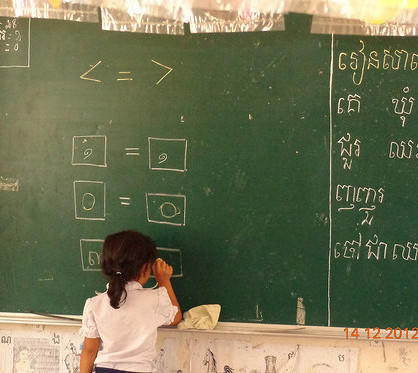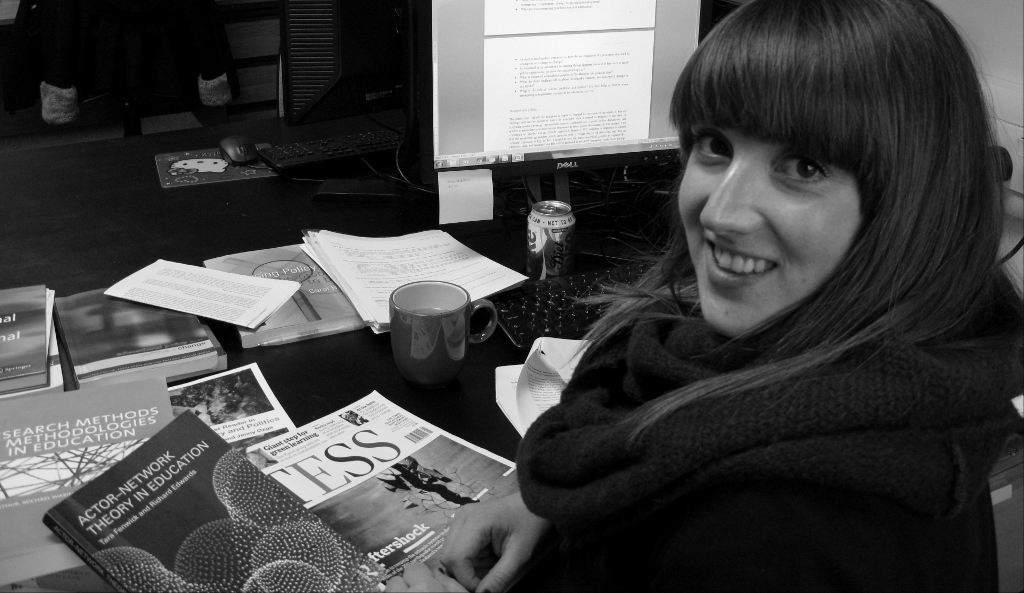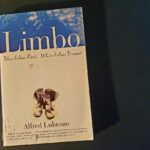Before beginning this post in earnest there is an element of coming out of the closet and associated biases that come with doing so. (Brief pause and clearing of throat) My name is Jenna and I am an anthropologist (sigh followed by deep breath and pause for reaction), I love my subject and defend its’ lack of clarity to the hilt. I wallow happily in the murky waters between research subjectivity and objectivity. I relish the opportunities to do long periods of ethnographic fieldwork, have no clear idea of what I’m doing on a daily basis (and to know that that’s okay) and to try and live the lives of my participants in some vain attempt to understand what it may feel like. And finally (in a very nerdy way) I think it is great that pre-fieldwork my doctoral supervisors allowed me to try on for size any social theory that took my fancy, see if it fits or how it may be challenged, on the understanding that my eventual chosen theory(ies) will grow out of my field analysis and gradual formulation of the thesis. I think my love of anthropology has much in common with my favourite childhood Mr Men book – Mr Topsy Turvy.
Thank you for allowing that brief indulgence into my academic identity, I feel we know each other a little better and can carry on with some productive discussion.
I am currently in the write up phase of my PhD and through writing my ethnographic chapters I am faced with the challenge of transferring a theoretical approach I learned in the field through to my writing style and analysis. I set out in my doctoral fieldwork to discover how women’s self-identity and collective mothering practices in Chiapas, Mexico are mutually constituted. I knew I wanted to find out how women embody a maternal identity that is deeply rooted in local ways of being whilst acknowledging more global influences on how they construct ‘good’ and ‘bad’ mothering in particular. As a feminist anthropologist I work hard to recognise power relations in the practice and analysis of constructions of self, including my own positionality as outsider mother in the field – from the methods used to collect data through to the narratives and arguments created from it. In short it is about trying to find a methodology (as in a connected theory and method) that places the women’s lives at the forefront of the research but also takes into account my impact on the research environment and outcomes.
Originally inspired by the work of Sarah Pink (2009) on emplacement – which goes beyond embodiment (submerging mind-body) by accounting for relationships between mind, body and materiality and sensuality of the environment, I settled upon a way of thinking provided by sensory ethnography as my umbrella approach to fieldwork and analysis. Anthropology has a long history of engaging with sensory theory and practice. Drawing from the disciplines of philosophy, history and geography there has been a growing interest in sensory ethnography as a way of putting reflexive inquiry into meaningful practice. It is an approach that welcomes a peppering of social and phenomenological theories as opposed to one grand narrative.
Ethnographic field methods are directed towards finding out what people do, as opposed to what they say they do. Combined with an embodiment approach my fieldwork involved absorbing how elements of the environment are part of that ‘doing’. What does motherhood smell and taste like? What sounds are associated with family life? What is at the root of joy and sadness? How is pain in childbirth understood and felt? What does this all mean in relation to the construction of ‘mother’ in urban Chiapas? The ethnographer learns to ‘see’ by using sensuous knowledge of the environment and then attempts to transfer this into her ethnographic descriptions and analysis.
Overall the challenge of sensory ethnography is to find ways to communicate the relatedness of experiential and intellectual meanings. Part of learning how others are involves a process of incorporating self into the activity – or submitting oneself sensually in order to embody the experience. I continue to struggle with these ideas on an everyday basis in terms of my write-up but am finding the sensory approach more than any other opens up the world of embodiment thinking in ways I never thought possible.
Suggested reading if you are inspired to look further:
Howes, D.E (ed)., 2005. Empire of the senses : The sensual culture reader New York: Berg
Pink, S., 2009. Doing sensory ethnography London: SAGE.
Pink, S., 2012. Situating everyday life : Practices and places London: SAGE
Stoller, P., 2009. The power of the between: An anthropological odyssey Chicago: University of Chicago Press.











I’m really intrigued by your work with mothers in Chiapas, especially in using Pink. Thank you for your post and hope to read more of your work.